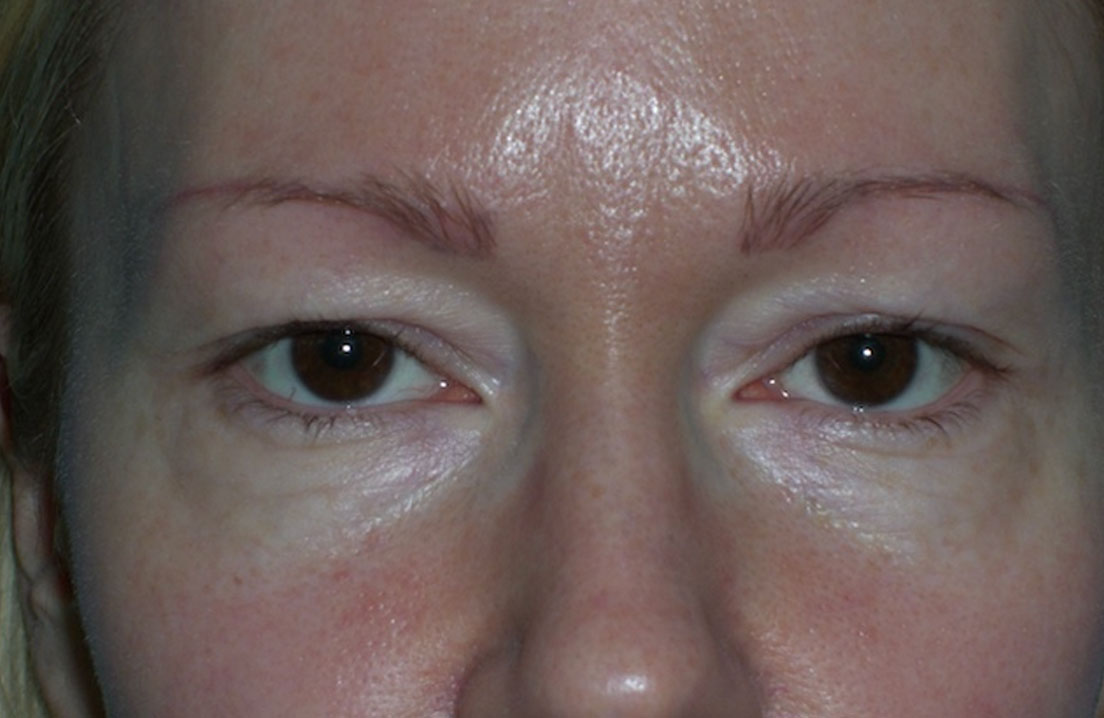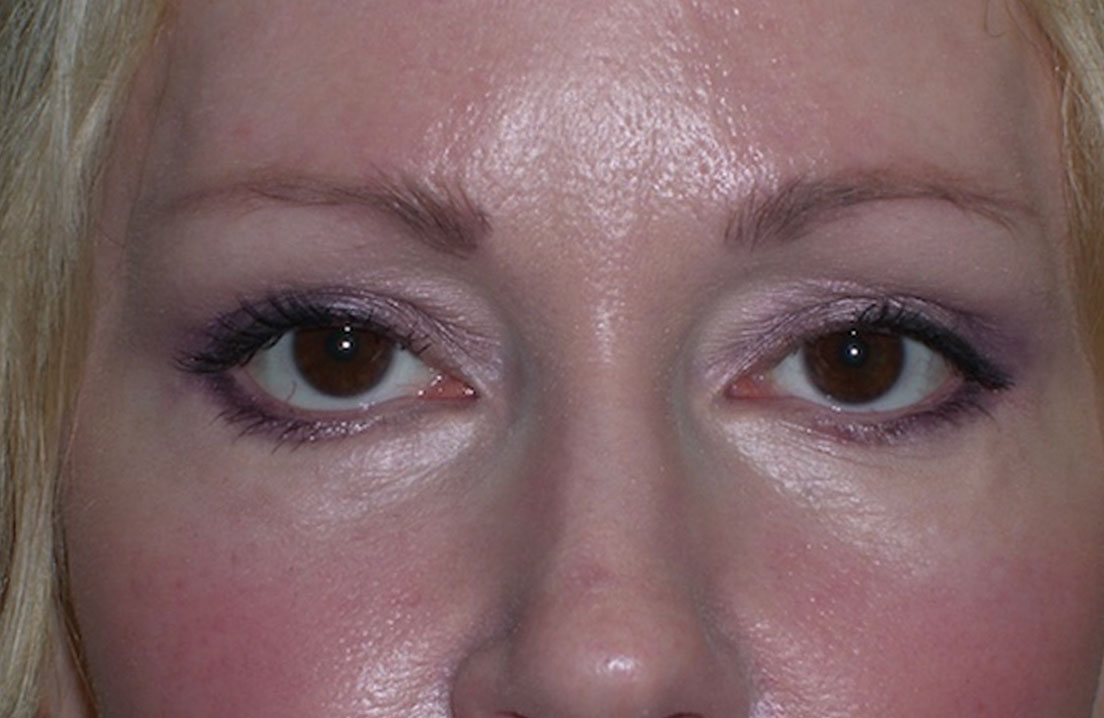About Eyelid Surgery
Eyelid surgery, medically known as blepharoplasty, is a surgical procedure designed to enhance the appearance of the upper and/or lower eyelids. This surgical intervention targets excess skin and fat around the eyes, addressing issues such as drooping eyelids, puffiness, and wrinkles. The procedure can be performed on both the upper and lower eyelids.
Upper eyelid surgery involves the removal of excess skin and, in some cases, fat deposits, which lifts the position of the upper eyelid skin crease and makes the eyes appear more open. Lower eyelid surgery primarily focuses on reducing under-eye bags and tightening loose skin. Some individuals opt for eyelid surgery to improve their vision if excess skin obstructs their field of view. Medicare and private insurance rebates may be available in many cases.
The surgical process typically entails making discreet incisions along the natural creases of the eyelids, minimising visible scarring. Skin is generally removed, and excess fat can be either trimmed or (in the case of lower eyelids) mobilised and repositioned to “fill” the tear trough contours, prior to closing the incisions.


As with any surgery, there is a risk of complications from eyelid surgery. The main groups of complications are: swelling and bruising; asymmetry (left and right sides not looking the same); dry or teary eyes. Very rare but serious complications include corneal abrasions; inability to close one or both eyes fully; a dragged-down appearance to the lower lid margin and/or pulling away of the lower eyelid from the eyeball; and visual impairment or loss in one eye (which is extremely rare). Early management of serious complications from eyelid surgery is especially important, as early and correct treatment can usually correct these problems.

